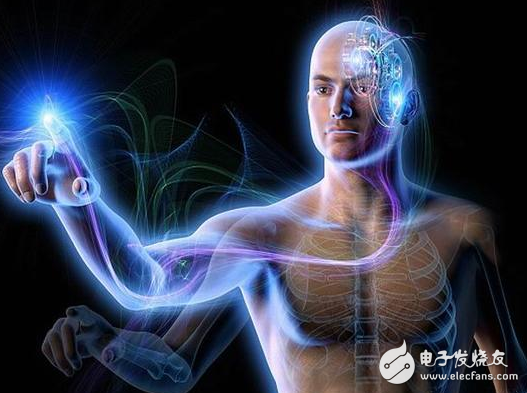At present, experts from the University of West Virginia in the United States said that we are moving towards the direction of "computer computing for thinking speed", and a computer system controlled by human consciousness will appear within the next decade. The open source project makes it easy for people to assemble a neural helmet. This technology allows us to capture brain activity non-invasively. In the next 10-15 years, the neural helmet can recognize our thinking content. The computer system can create a text document by reading the human brain. .
Frances Van Scoy, a professor at West Virginia University, points out that gesture interaction techniques and virtual 3D space exploration using touchpads and touch screens make it very easy for us to interact with digital devices in a similar way. Humans come into contact with natural objects. The latest immersive computer environment not only allows multiple people to experience, but also allows users to be creative.

West Virginia University professor Frances-Vanskoy said advanced computer technology will help realize the "computer computing power of human thinking speed" in the future. Experts believe that with the rapid development of computer technology, a computer system controlled by human consciousness will appear in the next decade.
At the same time, future computer systems will not only rely on math masters or decoding experts, but the new open source framework A-Frame will make it easier for programmers to build complex virtual reality modules. Google's "Slanted Brush" software allows people to create and edit 3D environments without any programming skills.
The next phase will focus on human-computer interaction, and the computer system can monitor human brain activity in real time and identify special thinking content. In recent years, 3D display devices have become smaller and smaller, and the cost is lower, and the smart interactive functions of mobile phone users are more powerful. The trackpad and touch screen recognize the diverse movements of the fingers.
A company called Fove is developing a virtual reality helmet that tracks the user's eye and has other capabilities that allow users to visualize virtual characters. The latest technology will help us move closer to "computer computing with speed of thinking", and low-cost open source projects like OpenBCI allow people to assemble their own neural helmets and non-invasively capture brain activity.
In the next 10-15 years, the combination of hardware and software systems with neuro-helmets will allow us to identify the nouns that flashed in the minds of the human brain over the past few minutes. If we can repeat the topic of recent thinking, it will trace the specific content of recent thinking.
Kinetic Energy Materials,Friction Kinetic Energy,Gravitational Kinetic Energy,Materials That Absorb Kinetic Energy
Shaanxi Xinlong Metal Electro-mechanical Co., Ltd. , https://www.cnxlalloyproduct.com